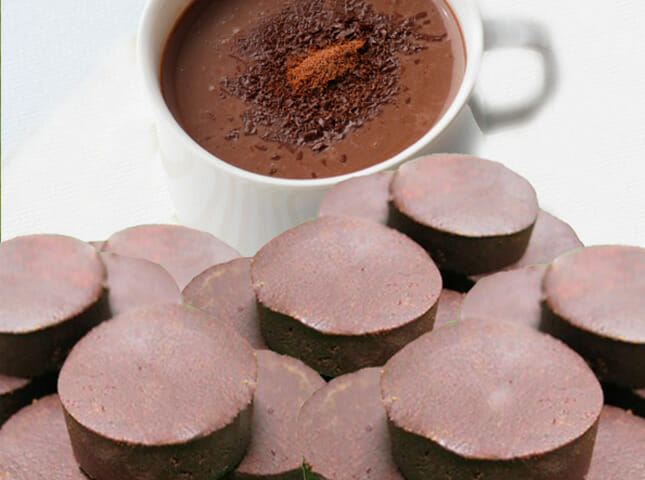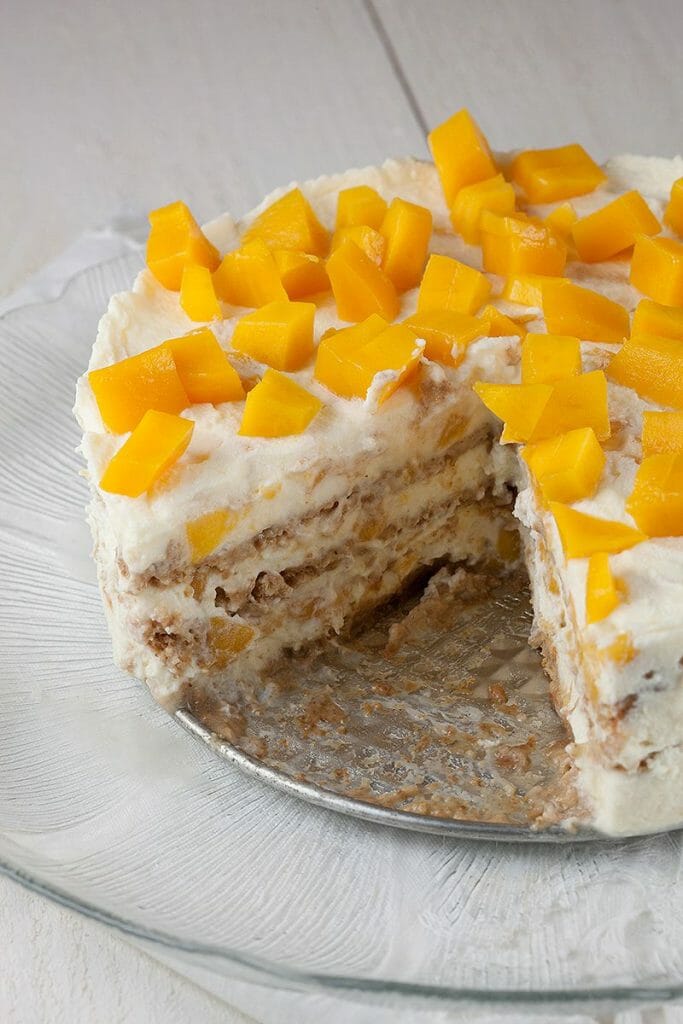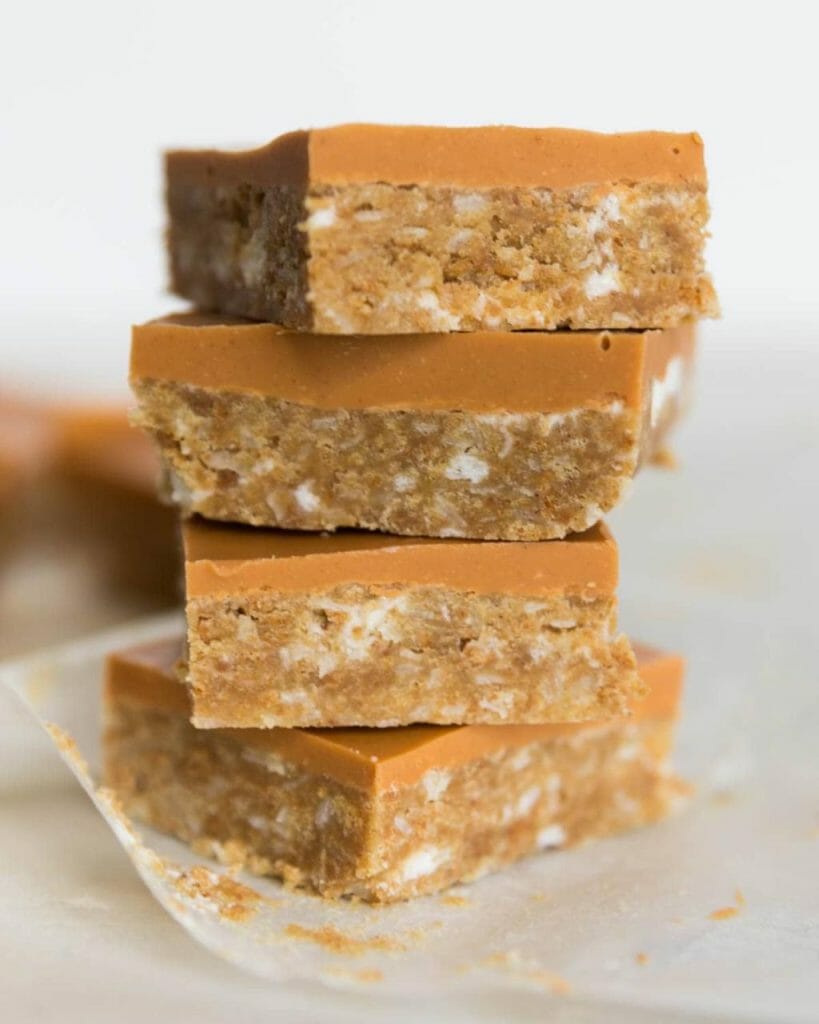I admit that I wasn’t the biggest fan of ginataang halo-halo back in childhood. From my experience, it was sometimes watery, sometimes the ingredients were scant, but most times it was cloying and cavity-inducing.
What is ginataang bilo-bilo?
Ginataang halo-halo is a common merienda or afternoon snack in the Philippines. But don’t be confused because it sometimes also goes by the name ginataang bilo-bilo (FYI, the Filipino language is replete with repetitions. ?).
Ginataang halo-halo comes in every form and color you can think of. It’s peddled on the sidewalks by street vendors and sold in numerous carinderias. Making ginataang halo-halo is the next order of business after the carinderia staff have cleared the tables after lunch.
Halo means mix in Filipino and ginataan means any food with gata or coconut milk. Bilo-bilo refers to the rice flour balls that’s one of the main ingredients of this merienda treat. The other usual ingredients include sliced saba (plantains), sago (tapioca balls), langka (jackfruit), kamote (sweet potatoes) in a creamy coconut sauce. While these are the usual ingredients, it’s not unheard of to add ube (purple yam) or gabi (taro) to the mix.
It had seemed fitting (to me at least) to post this recipe on the lead up to Lent. (But alas, work caught up with me and I am posting this recipe after Lent. ?♂️) I somehow correlate ginataang halo-halo with lazy afternoons and church-sponsored feeding programs. The ginataang halo-halo was often tinted violet, and served out of huge pots and ladled into thin, plastic cups.
This recipe
To recreate this childhood snack, I bought some saba and sago from Lucky Plaza. I couldn’t decide on the size or color of the sago balls to use, but in the end I went with the small white ones. Pro tip: you only need about 100 grams of sago balls. ?
I was pleasantly surprised that I could buy ube powder here in Singapore. It opens up a ton of possibilities. Did you know that powdered ube is not purple at all but a grayish/purplish powder? Color me surprised (or naive). It smelled like ube though, but I had to add a few drops of ube flavoring for that intense purple color.
I forgot to buy some jackfruit but I had an excess of bananas. I sliced these up very thinly, like banana chips, and deep fried them like banana cue (deep fried bananas with brown sugar coating). They added a nice contrast to the soft consistency of the ginataang bilo-bilo and were pretty striking as garnish.

ginataang halo-halo (rice balls in coconut sauce)
Ingredients
For the Sago:
- 100 grams sago tapioca balls, small
- 4 cups 960 ml water
For the Bilo-bilo:
- 142 grams 1 cup glutinous rice flour
- 2 tbsps ube powder optional
- 1/2 cup 120 ml water
- few drops of ube flavoring optional
Other Ingredients:
- 2 cups 480 ml coconut milk
- 1 cup 240 ml water
- 73 grams 1/3 cup sugar
- 400 grams sweet potato diced
- 4 saba plantain bananas, sliced to 1-in thickness pieces
- 6 pieces jackfruit cut into strips
For Banana Topping (Optional):
- 2 saba plantain bananas, sliced thinly
- 55 grams 1/4 cup brown sugar
- oil for frying
Instructions
To make the sago:
- Bring 4 cups of water to a boil.
- Add the sago, and boil for 10-15 minutes until the sago turns transparent. Stir the sago occasionally to prevent them from sticking to the bottom of the pan. Add more water as needed.
- Once the sago balls are transparent, remove from the heat and drain completely. Put aside in a bowl.
To make the bilo-bilo:
- In a bowl, combine the rice flour and ube powder.
- Mix the water and a few drops of ube flavoring (if using).
- Add the water to the rice flour and mix until it forms into a soft and flexible ball. You can add more drops to the ball for a stronger color but make sure to knead the dough thoroughly to mix the ube flavoring uniformly.
- Divide into 24 balls using a half tablespoon. Set aside and cover with a damp towel.
To make the Ginataang Bilo-bilo:
- In a large pot, mix the coconut milk, water, and sugar. Bring the mixture to a simmer while stirring occasionally to dissolve the sugar.
- Add the sweet potato and boil for 5 minutes. Add the saba and boil for another 3 minutes.
- Add the bilo-bilo and jackfruit strips. Cook until the bilo-bilo floats.
- Mix the sago and stir to prevent lumps from forming. Cook for 5 minutes before removing from heat.
- Serve warm or cold.
To make the saba topping:
- Heat enough oil to deep fry the saba pieces.
- Fry the saba slices until translucent.
- Add the brown sugar to the oil. Swirl the saba slices in the brown sugar until they are coated.
- Remove from the oil and set aside. Cool slightly before using as toppings.
Video
Notes
You can opt not to use ube powder or ube flavoring.
The ginataang bilo-bilo will thicken as it cools.
Ginataang Halo-Halo
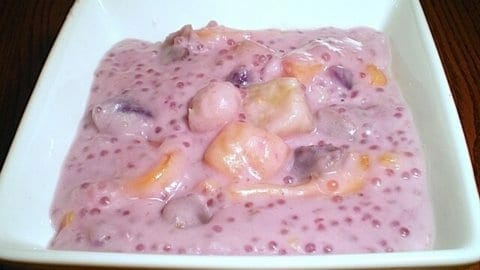
The history of the Ginataang Halo-Hala origins is quite interesting. It’s believed that it was 7,000 years old at that time. The Malay people who first migrated to the Philippines came from the Javanese Medang Kingdom and the Srivijaya Empire. Their Old Malay language contains many words with Sanskrit roots. Examples of such words include ginataan and kolak pisang.
Ingredients
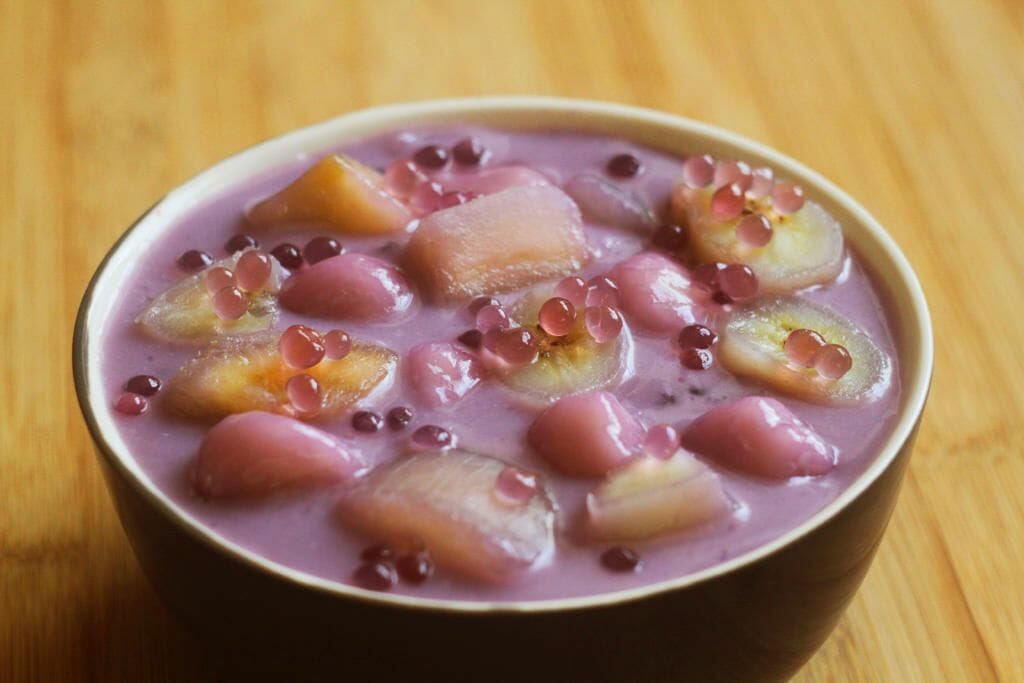
The Filipino dessert known as Ginataang Halo-Hallo is a popular staple food. It was traditionally cooked during Good Friday, when Catholics observe a fast. However, it is now served throughout the country on any day, making it a perfect summer snack. The basic ingredients are sweet potato, coconut milk, bananas, and sago. The mixture is usually served cold or hot as a midday snack.
The simplest version of the dish requires no more than coconut milk and sugar. In addition, there are no strict rules when cooking ginataang halo-halo. You can use any root crop you prefer. Just be sure to keep the following ingredients in mind and make your own version of the classic Filipino dessert! Just remember that it doesn’t have to be coconut milk-based; it can also be made with other types of tubers.
Preparation
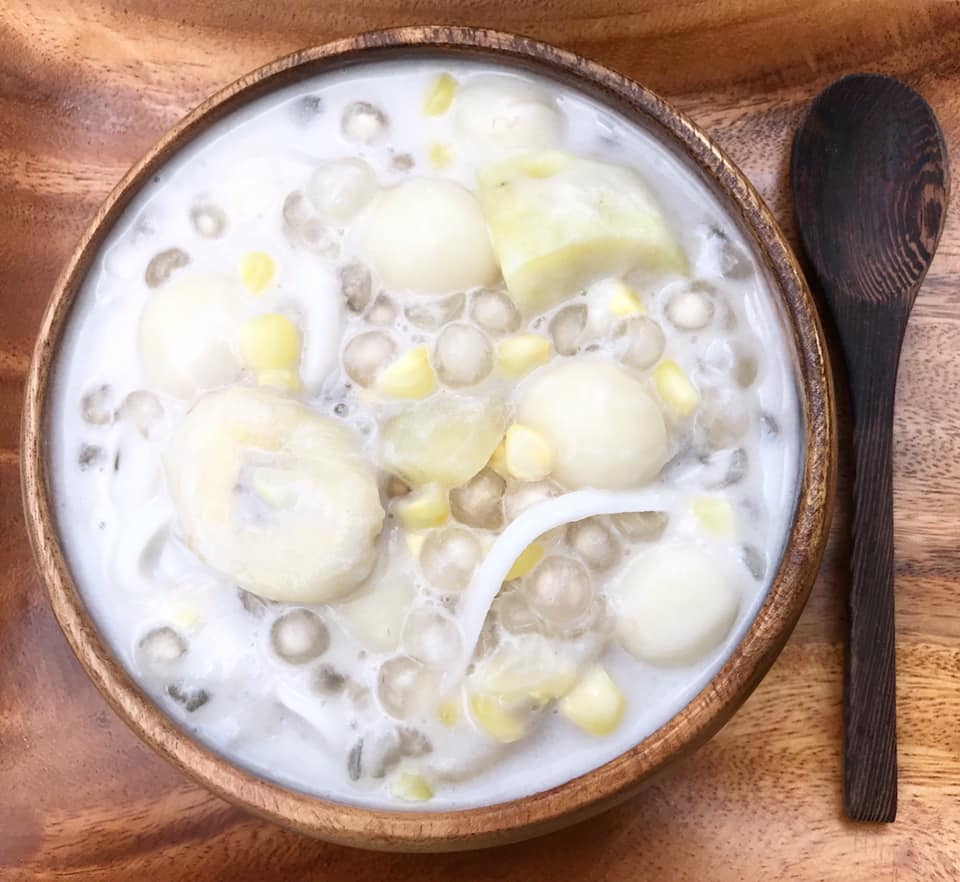
There are a few key steps to preparing Ginataang Halo-Hallo in the proper manner. First, you should prepare the glutinous rice balls. The tubers are cooked until soft, but not mushy. Stir frequently to prevent the tubers from getting mushy. After five minutes, add the sliced plantains. Let it simmer for five to seven minutes.
The next step is to prepare the binignit, which is a Filipino favorite. This sweet dish is made from glutinous rice balls and coconut milk. It is also known as binignit in some regions of the country. The preparation process for this Filipino dessert is relatively simple, too. Simply follow the instructions below to make your own tasty, luscious Ginataang Halo-Halo.
History
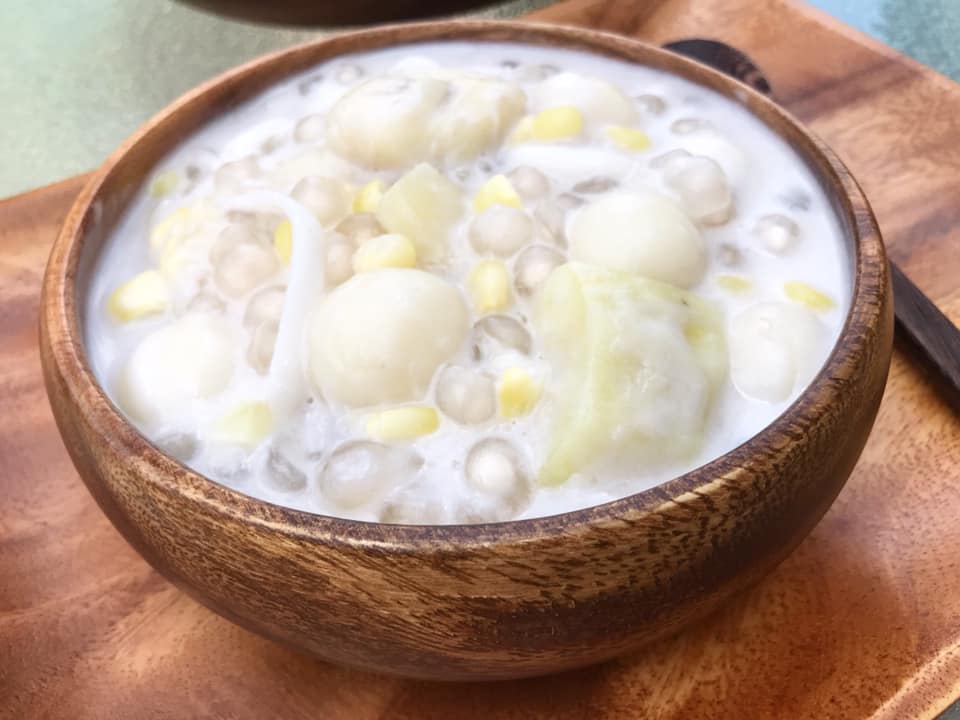
The history of Ginataang Halo-Halos dates back to around 7,000 years ago. The first inhabitants of the Philippines were Malay people from the Srivijaya Empire and Javanese Medang Kingdom. Their language was influenced by Sanskrit, and included words like ginataan and kolak pisang. The Filipino name for this delicious treat is ginataan, which means “done with coconut milk.”
Ginataang Halo-Hala is one of the most popular Filipino desserts. It is typically made from glutinous rice flour and other ingredients like bananas, sweet potatoes, and cassava. It is also known as Binignit in some parts of the Philippines. Ilonggos also call it Ginat-an nga Lugaw. Today, the Filipino version is served either hot or cold.
Names
While the recipe for the Filipino dessert known as ginataang halo-halo may vary, the basic ingredients and cooking process are the same. The dish is also known by various regional names, including binignit, bilo-bilo, landang, and tininuan. This article will discuss the different names of ginataang halo-halo, including the origin of each.
One of the most common Filipino desserts is ginataang halo-halo, or “ginataan”. The name is derived from the Tagalog word “gata,” which means “coconut milk.” The other ingredient is bilo-bilo, a boiled glutinous rice ball. The two ingredients are then mixed together in coconut milk, making a creamy dessert.
Cooking method
There are several methods for making the classic Filipino dessert known as Ginataang Halo-Hallo, otherwise known as binignit. This sweet, sticky treat is made with coconut milk, tapioca pearls, and different tubers. Whether you want a traditional version or a unique twist, you’re sure to find the recipe you’re looking for here.
The first step in making the dessert is to boil water and coconut cream in a large pot. Once the coconut milk has begun to boil, reduce the heat and allow it to simmer for eight minutes. At this point, you can add the sweet potatoes. Add the remaining coconut milk, sugar, and glutinous rice balls. Continue cooking for a further five to seven minutes. Then, you can serve Ginataang Halo-Halo to your family.

